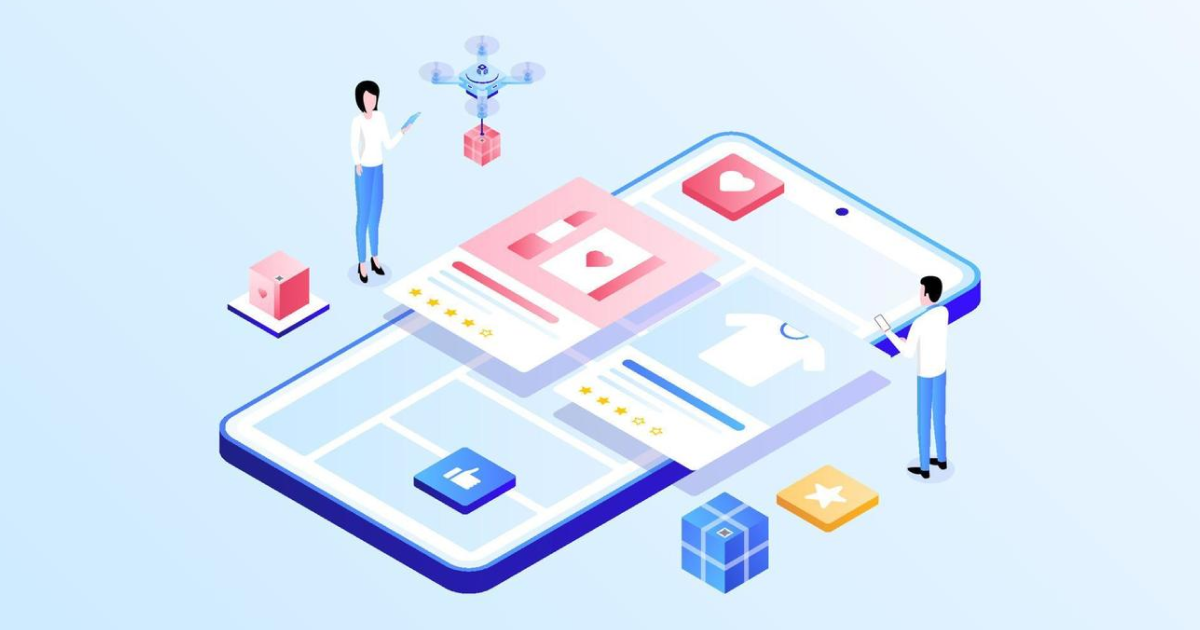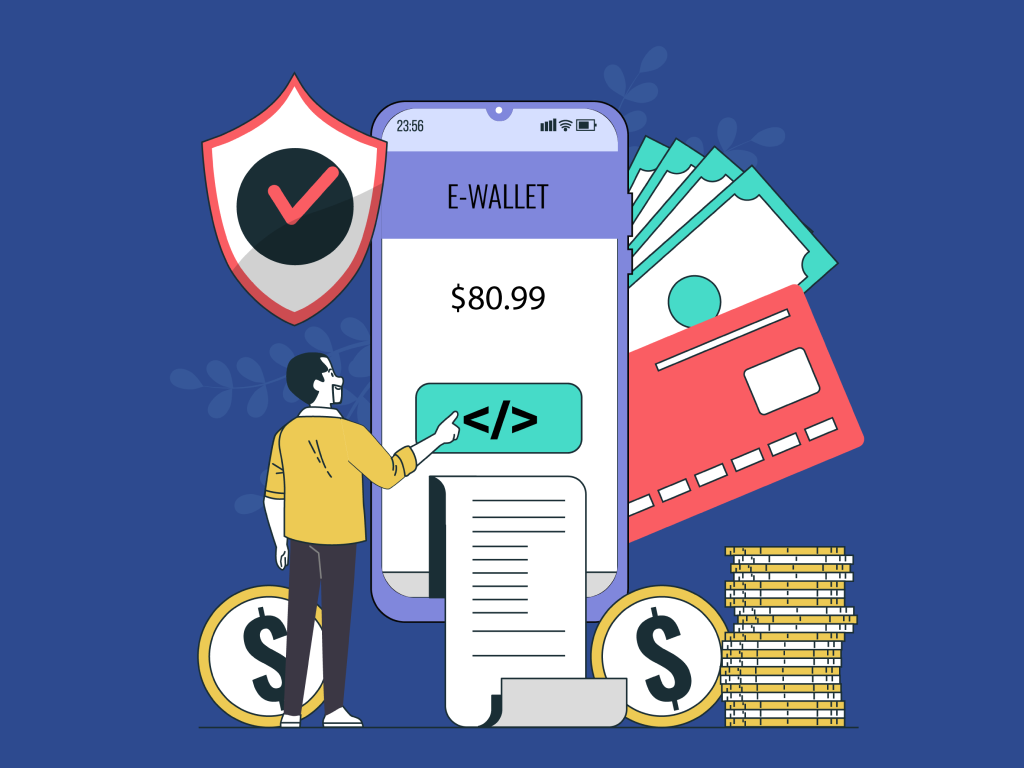 High-Converting Funnels – From Ad Click to Final Sale!
High-Converting Funnels – From Ad Click to Final Sale!
What Are the Essential Steps and Key Features for Successful Fitness App Development?
Written by Inventcolabs » Updated on: June 17th, 2025

Introduction
Fitness app development is changing quickly due to changing user expectations and technological improvements. Fitness apps are getting more complex and incorporating cutting-edge features to cater to a wide range of user needs as the need for engaging and tailored health solutions increases. The future of fitness apps promises revolutionary advances, ranging from cutting-edge wearable integrations and improved data security to sophisticated AI algorithms and immersive virtual reality experiences. In order to create fitness solutions that are both impactful and user-centric, developers must have a thorough understanding of these rising trends and breakthroughs.
Step to develop are:
Defining Your App’s Purpose and Goals
The first step in developing a fitness app is to precisely outline its objectives. Choose the features that best suit the goals of your app: fitness regimens, dietary monitoring, or wellness coaching. This first stage is essential to matching the functionalities of your app to the demands of your target market, which may include professional athletes as well as casual exercisers. Working with fitness specialists and medical professionals may assist guarantee that the features of your app are useful and efficient, which will eventually increase user satisfaction and engagement.
Conducting Market Research
Subsequently, carry out extensive market research to comprehend the competitive environment and user expectations. Examine the advantages and disadvantages of the current fitness apps, and find out what prospective users think to determine their preferences and trouble spots. You can find market gaps and chances for differentiation with the aid of this study. You can incorporate relevant features that satisfy current user requests and maintain your app's competitiveness by keeping up with the newest fitness and technological trends.
Designing a User-Friendly Interface
Creating an interface that is easy to use is essential to providing a great user experience. To begin, create wireframes and prototypes to illustrate the navigation and structure of the app. Make sure tools like meal plans, exercise schedules, and progress tracking are simple for users to access and utilize. The visual design should have a pleasing aesthetic that is in line with your brand, utilizing usability-enhancing colors, icons, and typefaces. Before proceeding to the development stage, do usability testing with actual users to find any navigational problems or design faults and make the required corrections.
Developing Core Features
Concentrate on creating the essential functionality of the app when the design is complete. These could include training plans that can be altered to suit the needs of the user, exercise collections with educational materials, and nutrition monitoring apps that let them keep track of their food consumption and meal times. Keeping high standards for functionality and performance while executing these elements effectively might be facilitated by collaborating with a fitness app development company.
Ensuring Data Security and Privacy
Data security and privacy must be given top priority because health and fitness data is sensitive. To protect user information, utilize strong encryption techniques and safe authentication procedures. Maintain adherence to data privacy laws, like the CCPA or GDPR, to gain the confidence and trust of your users. Maintain a safe environment for user data by updating security protocols on a regular basis to counter new threats. Working with a fitness app development business will guarantee that your app has these security features included in an efficient manner.
Testing and Quality Assurance
To make sure that your software functions dependably and lives up to user expectations, thorough testing and quality assurance are essential. In-depth testing should be done to find and fix defects, ensure that features function as intended across a range of hardware and operating systems, and validate compatibility. Real users participating in beta testing can offer insightful comments on usability and functioning. Comprehensive quality assurance may be carried out with the help of a fitness app development business to guarantee a successful launch.
Launching and Marketing Your App
After your software has been developed and tested, concentrate on promoting and releasing it to draw in users. Create a marketing plan that focuses on social media promotion, app store optimization, and collaborations with fitness influencers. To pique users' curiosity, emphasize your app's special features and advantages. A well-thought-out launch along with efficient marketing will boost user engagement and encourage downloads.
Gathering Feedback and Iterating
Continue to collect user input following the launch in order to learn about their experiences and pinpoint areas that need improvement. Make incremental adjustments and improvements to your app using the feedback provided. You can increase user retention and keep your app relevant by making regular updates based on feedback from users. In order to make sure that your app changes and adapts to match shifting user needs and market trends, you should collaborate with a fitness app development business for continuing assistance.
Key Features of a Successful Fitness App
Customizable Workout Plans
An exceptional fitness software should provide adaptable exercise schedules for a range of fitness objectives and skill levels. Whether the goal is to increase endurance, shed pounds, or build muscle, users should have the freedom to choose or alter routines according to their own tastes. Include a variety of workouts, including cardio, strength, and flexibility exercises, as well as instructional videos and thorough explanations. Because of this versatility, users may design customized workout plans that work with their goals and schedules, increasing their efficacy and level of involvement.
Nutrition Tracking
A component that is essential for any thorough fitness software is nutrition tracking. Users should be able to manage their daily calorie intake, keep an eye on their nutrient consumption, and document their meals. To make meal logging easier, the app can provide a database of foods and drinks, along with portion sizes and nutritional data. Including tools for creating dietary objectives, including macronutrient targets, can also assist users in maintaining well-balanced diets that support their exercise regimens. This feature addresses both exercise and diet, supporting a holistic approach to health and fitness.
Progress Tracking and Analytics
Tracking progress is crucial for encouraging consumers and assisting them in reaching their fitness objectives. Tools for tracking several parameters, like workout performance, body measurements, and weight fluctuations, should be included in the app. To make progress tracking interesting and simple to grasp, include visual aids like graphs and charts. Users can create new objectives, track their progress over time, and maintain motivation with the support of frequent updates and thorough analytics. Additional features that can improve user pleasure and engagement include milestones, badges, and achievements.
Social Features and Community Integration
Adding social media functionality to your fitness software will increase user engagement dramatically. Permit users to engage in community challenges, join fitness groups, and communicate with friends. Users are motivated to stay active and dedicated by features like leaderboards, group exercise sessions, and social sharing options that foster a sense of community and competition. Through mutual support and accomplishments, social connections can also serve as a source of extra incentive, creating a supportive and cooperative atmosphere.
Integration with Wearables and Fitness Devices
Real-time tracking and flawless data synchronization are made possible by integration with wearables and fitness gadgets. Make sure your software can sync exercise data, step counts, and other health indicators automatically with well-known devices like fitness trackers, smartwatches, and heart rate monitors. By utilizing external data sources for more precise tracking and analysis, this feature improves the functionality of the app and gives users a comprehensive perspective of their fitness activities.
User-Friendly Interface and Experience
To guarantee that users can explore the app and utilize its features with ease, it is imperative to have an interface that is easy to use. Create a user-friendly interface with responsive controls, readable text, and obvious menus. Give priority to accessibility and simplicity, ensuring that all features are easily accessible and free of needless complication. Consistent app use is encouraged and overall satisfaction is increased with a smooth and entertaining user experience.
Future Innovations in Fitness App Development
Exciting new developments in fitness app development are anticipated to improve user experiences and transform how people see health and wellness. An important development in this space is the combination of artificial intelligence (AI) and machine learning, which will allow apps to provide real-time feedback and even more customized fitness plans. Improved data analysis by AI-powered features will enable personalized exercise plans and dietary guidance based on each user's progress and objectives.
Conclusion
To sum up, there is a lot of exciting stuff coming up for the fitness app development industry that will change the way people interact with their fitness and wellness regimens. Through use of cutting-edge wearable technology, VR and AR experiences, and AI-driven personalization, developers may produce apps that are unmatched in terms of functionality and customer delight. With continued advancements in technology, fitness solutions will become more efficient and interesting, encouraging individuals to lead healthier lives and making it easier and more motivating for them to reach their fitness objectives. Developing effective and influential fitness applications will depend on staying ahead of these trends and incorporating features that are ready for the future.
Note: IndiBlogHub features both user-submitted and editorial content. We do not verify third-party contributions. Read our Disclaimer and Privacy Policyfor details.
Copyright © 2019-2025 IndiBlogHub.com. All rights reserved. Hosted on DigitalOcean for fast, reliable performance.














